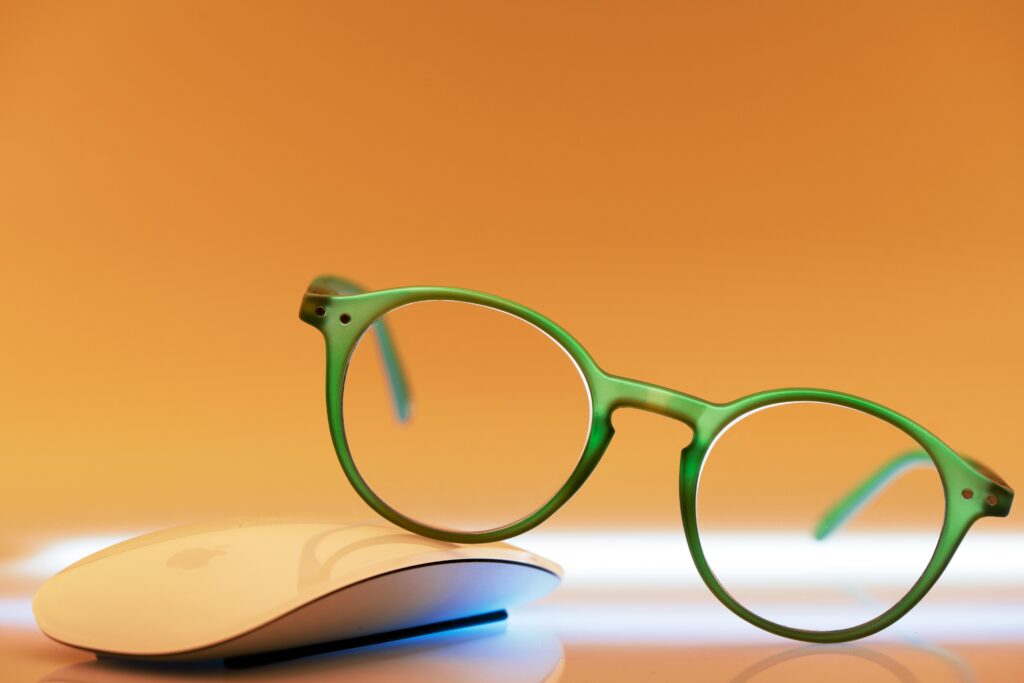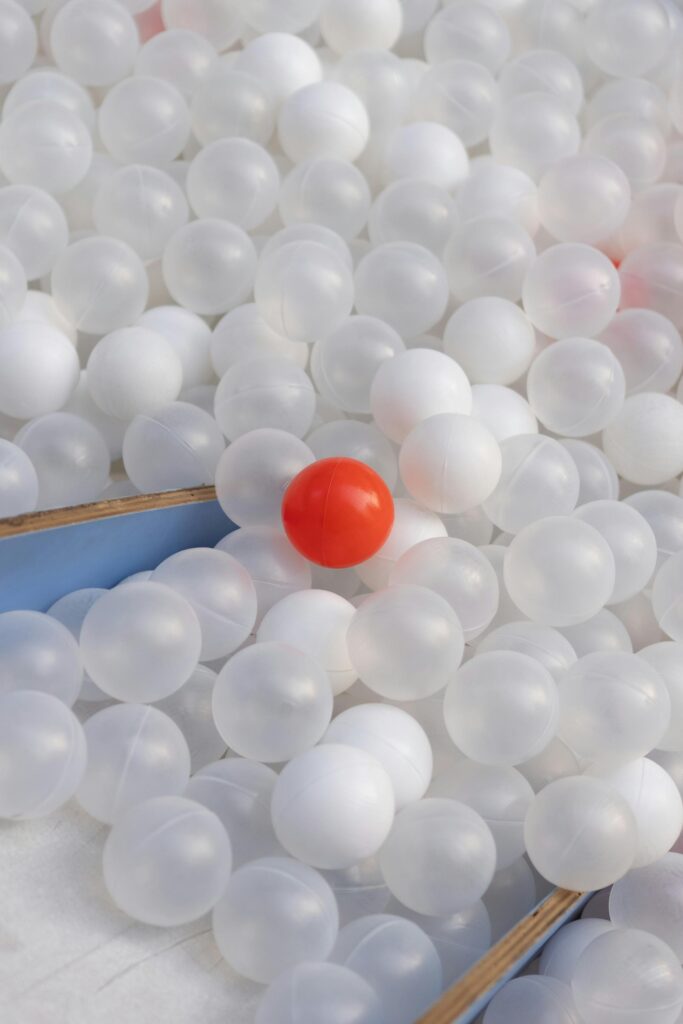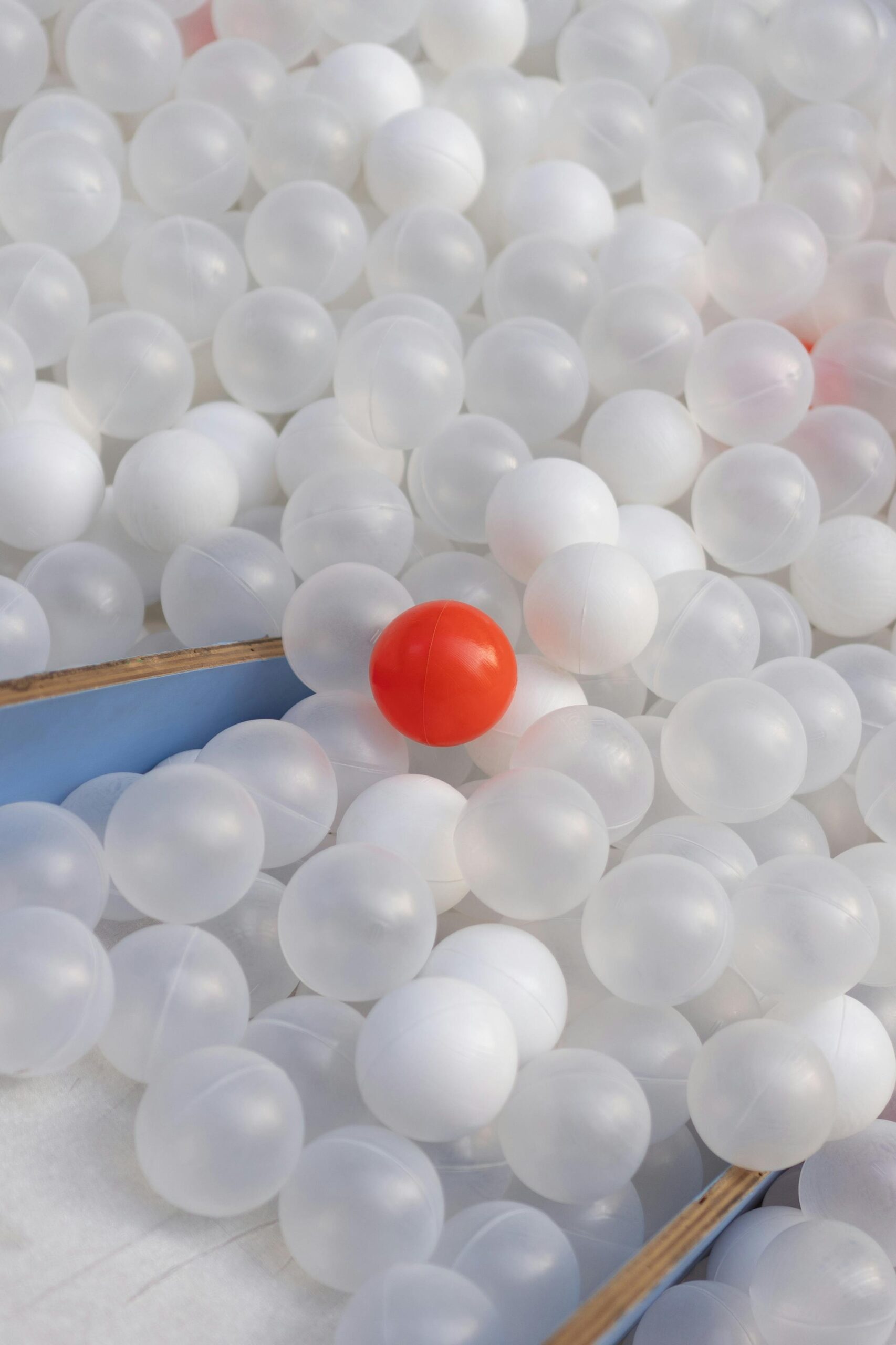The Art Of Optical Illusions In Mechanical Artwork
Have you ever been amazed by the intricate designs and stunning visual effects created by optical illusions in mechanical artwork? Let’s explore the fascinating world of optical illusions in mechanical artwork and how artists use them to create mesmerizing pieces that play tricks on the mind.
What are Optical Illusions in Mechanical Artwork?
Optical illusions are visual tricks that deceive the eye and brain into perceiving something that is not actually there. In mechanical artwork, artists use various techniques such as perspective, color, and geometric shapes to create illusions that challenge the viewer’s perception of reality. These illusions can make objects appear three-dimensional, distorted, or even completely disappear depending on how they are designed.
History of Optical Illusions in Mechanical Artwork
The use of optical illusions in artwork dates back to ancient times, with early examples found in cave paintings and ancient Egyptian hieroglyphics. However, it wasn’t until the Renaissance period in the 15th century that artists began to experiment with perspective and shading to create realistic illusions in their paintings. The invention of the camera obscura further advanced the use of optical illusions in art, paving the way for modern techniques used in mechanical artwork today.

Types of Optical Illusions in Mechanical Artwork
There are several types of optical illusions used in mechanical artwork, each with its own unique visual effect. Some common types include:
-
Anamorphic Illusions: These illusions involve distorting an image so that it only appears correctly when viewed from a specific angle or with a special device, such as a mirror or lens. Artists use this technique to create hidden images or messages that are revealed when viewed in a certain way.
-
Kinetic Illusions: Kinetic illusions involve creating the illusion of movement or animation in static artwork through the use of mechanical or digital techniques. These illusions can make objects appear to rotate, shift, or change shape, captivating viewers with their dynamic nature.
-
Op Art: Short for “optical art,” Op Art is a style of artwork that uses geometric patterns and contrasting colors to create optical illusions of movement and depth. Artists like Victor Vasarely and Bridget Riley are known for their Op Art pieces that mesmerize viewers with their hypnotic effects.
How Artists Create Optical Illusions in Mechanical Artwork
Creating optical illusions in mechanical artwork requires a deep understanding of visual perception and artistic techniques. Artists use a variety of methods to achieve these effects, including:
-
Perspective Drawing: By manipulating the lines and angles of an image, artists can create the illusion of depth and dimension on a flat surface. This technique is essential for creating realistic scenes and three-dimensional objects in mechanical artwork.
-
Color Theory: Colors can be used to deceive the eye and create illusions of movement, texture, and shape. Artists carefully choose their color palettes and patterns to enhance the visual impact of their artwork and make optical illusions more convincing.
-
Geometry and Symmetry: Using precise geometric shapes and symmetrical patterns, artists can create mesmerizing illusions that play with the viewer’s perception of space and form. These intricate designs draw the eye in and encourage contemplation and exploration of the artwork.

Famous Examples of Optical Illusions in Mechanical Artwork
Throughout history, many artists have utilized optical illusions in their mechanical artwork to create captivating and thought-provoking pieces. Some famous examples include:
-
M.C. Escher: Known for his intricate drawings of impossible structures and mind-bending geometries, M.C. Escher is one of the most iconic artists to use optical illusions in his work. His drawings challenge the viewer’s sense of reality and perspective, creating visual puzzles that are both engaging and perplexing.
-
Felice Varini: A contemporary artist known for his large-scale geometric illusions that interact with architectural spaces, Felice Varini creates vibrant and dynamic artworks that transform ordinary environments into optical marvels. His installations are designed to be viewed from specific vantage points, revealing hidden patterns and shapes that seemingly float in mid-air.
How to Appreciate Optical Illusions in Mechanical Artwork
When viewing mechanical artwork that incorporates optical illusions, it’s important to take your time and observe the piece from different angles and distances. Here are some tips for appreciating optical illusions in mechanical artwork:
-
Move Around: Walk around the artwork to see how the illusion changes from different perspectives. Some illusions are only visible from a specific angle, so exploring the artwork from all sides can reveal hidden details and effects.
-
Focus on Details: Pay attention to the intricate details and patterns within the artwork. Optical illusions often rely on subtle cues and precise techniques to create their effects, so observing the finer points of the piece can enhance your appreciation of the artist’s skill and craftsmanship.
-
Experiment with Lighting: Changing the lighting conditions can alter the appearance of optical illusions in mechanical artwork. Try viewing the artwork in different lighting settings to see how shadows, reflections, and colors interact to create new visual experiences.

The Impact of Optical Illusions in Mechanical Artwork
The use of optical illusions in mechanical artwork has a profound impact on both artists and viewers alike. These illusions challenge traditional notions of representation and perception, pushing the boundaries of what is possible in art and design. By creating artworks that defy logic and reality, artists engage viewers in a dialogue about the nature of visual experience and the ways in which we interpret the world around us.
Through optical illusions, artists can create immersive and interactive experiences that captivate the imagination and spark curiosity in audiences of all ages. Whether it’s a hidden message revealed through anamorphic distortion or a kinetic sculpture that seems to defy gravity, optical illusions in mechanical artwork continue to inspire awe and wonder in those who are lucky enough to encounter them.
The next time you come across a piece of mechanical artwork that seems to defy logic or play tricks on your eyes, take a moment to appreciate the skill and creativity that went into creating such a mesmerizing illusion. By exploring the art of optical illusions in mechanical artwork, you can gain a deeper appreciation for the beauty and complexity of these captivating creations.

